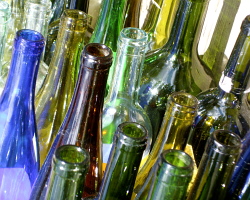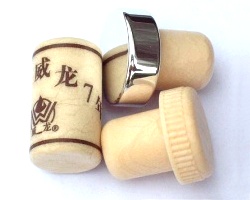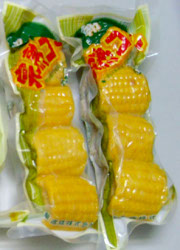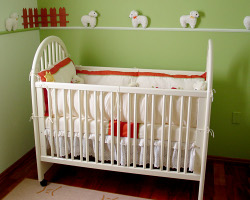What can I reuse or recycle to make a dog/puppy toy?
 Recycle This regular Anna left a question on the Suggest an Item page:
Recycle This regular Anna left a question on the Suggest an Item page:
What could I use to make dog toys?
My friend got a puppy and I’d like to make him some toys. I’ve made cat toys for ages, but puppy toys definitely need to be stronger and bigger.
Dog toys do typically need to be bigger and stronger than cat toys – it’s quite important that they’re the right size for the hound, given the variety of pooch sizes — neither too big or too small.
I’m still quite new to dog ownership – we’ve had Lily for about six months now – and she’s not really one to play with toys, just carry them around, so we’ve not made any toys for her.
I do know though that a quick and easy tug toy can be made plaiting together old tights/stockings/pantihose or strips of an old tshirt.
Or make the equivalent of a ball on a string by placing an old tennis ball (or the like) at the end of an old stretched sock, tie a knot in the sock to secure the ball, then play away!
Any other suggestions? What homemade toys have you made for your dog? Or, more typically, what has your dog found itself to reuse as a toy? ;)
(I illustrated the equivalent cat toy post with a picture of our cat Boron going mad with a piece of string. Lily refused to perform. So comedy photo by Miguel Vera instead – great expression!)



 We’ve had two similar requests over the last couple of days so I thought I’d post them together.
We’ve had two similar requests over the last couple of days so I thought I’d post them together. Back in the day, way back in the day, we featured
Back in the day, way back in the day, we featured  At one point during
At one point during  We’ve had an email from Jess:
We’ve had an email from Jess:














